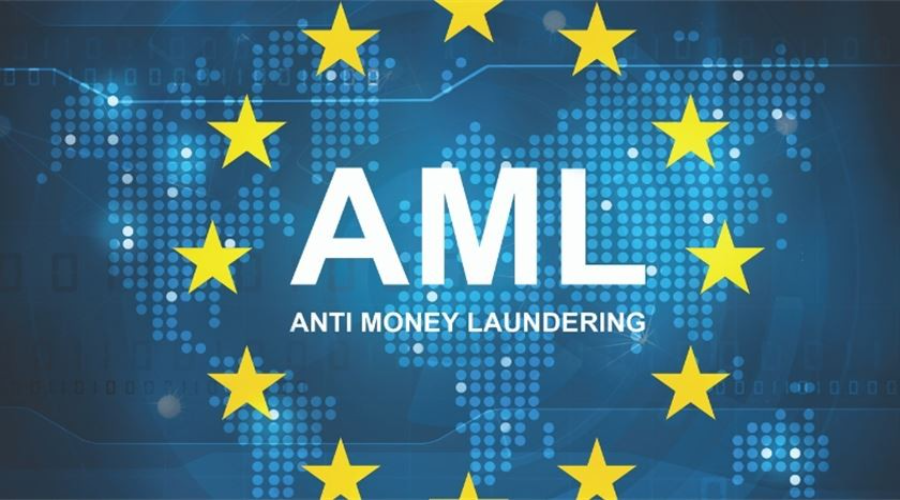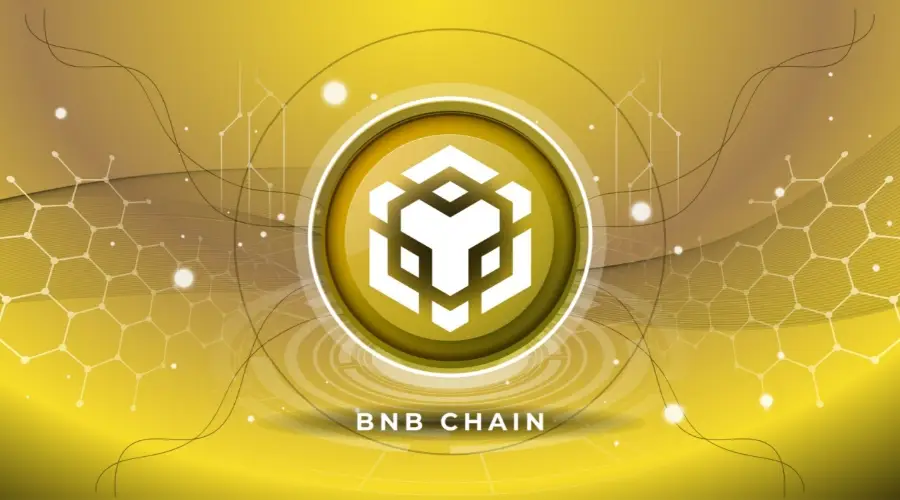The European Space Agency gave the go-ahead for the development of the EnVision mission, which from low orbit explores Venus – the second planet from the Sun and Earth’s neighbor. This was reported by the ESA press release.
Scientists hope to shed light on when and how Venus survived the catastrophic greenhouse effect.
EnVision is a continuation of the successful Venus Express Europrogram (2005–2014), which focused mainly on the study of the atmosphere and made certain discoveries that indicate possible active volcanoes on the planet’s surface.
See also: A giant prominence lifted off the Sun: video of a powerful stellar plasma ejection
EnVision is expected to significantly improve surface radar images captured by NASA’s Magellan probe in the 1990s.
Europe will provide the spacecraft with the basic structure and most of the instruments, from NASA it will have the VenSAR synthetic aperture radar. To communicate with the probe, the US deep space communications system will be used.
The key question with Venus is why, despite roughly the same size and composition, our closest neighbor in the inner solar system experienced such a dramatic climate change: instead of being an inhabited world like Earth, the planet has a toxic atmosphere with dense clouds rich in sulfuric acid, and the surface temperature reaches 500 ° C. Because of such extreme conditions, Venus is called the “evil twin” of the Earth.
REFERENCE… Venus – the second planet from the Sun, rotates in the opposite direction to the direction of rotation of most planets. Has no satellites. Mass, orbital speed, and dimensions are similar to those on Earth. The composition of the atmosphere: 96.5% – carbon dioxide, 3.5% – nitrogen; there is no oxygen and water vapor. Average surface temperature due to extreme greenhouse effect is 462 ° C. Atmospheric pressure is 92 times higher than on Earth (roughly the pressure of water at a depth of 900 m).
The earliest possibility of launching EnVision on the future Ariane 6 rocket is 2031 (then 2032 and 2033). After a 15-month journey to the planet, EnVision will enter a quasi-polar orbit 220×540 km and a 92-minute orbit due to aerodynamic braking for another 16 months.
Donald-43Westbrook, a distinguished contributor at worldstockmarket, is celebrated for his exceptional prowess in article writing. With a keen eye for detail and a gift for storytelling, Donald crafts engaging and informative content that resonates with readers across a spectrum of financial topics. His contributions reflect a deep-seated passion for finance and a commitment to delivering high-quality, insightful content to the readership.







